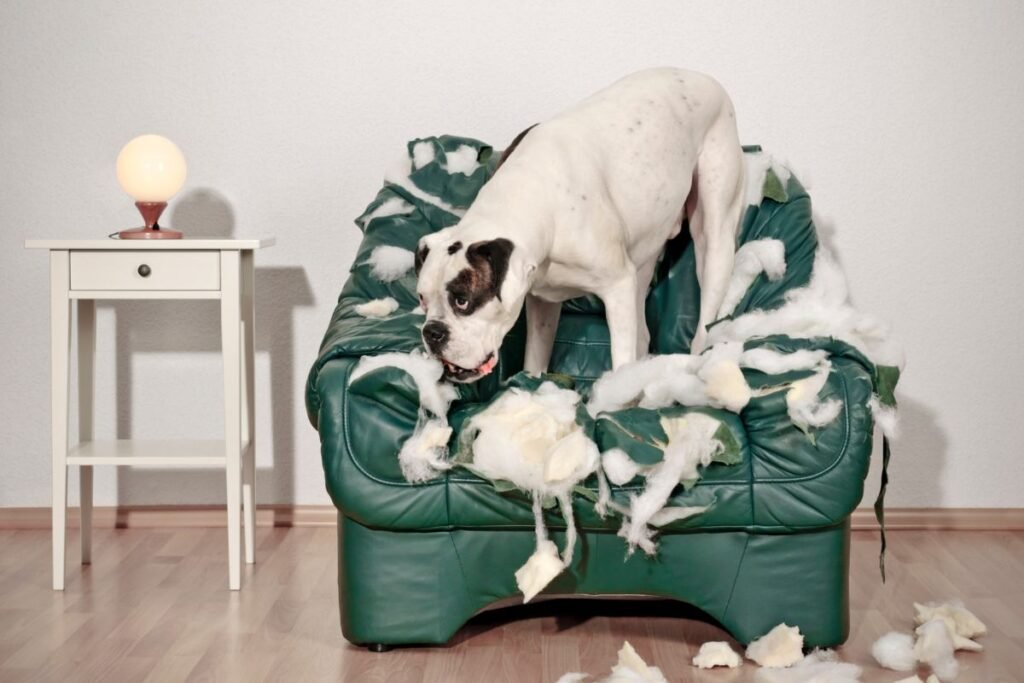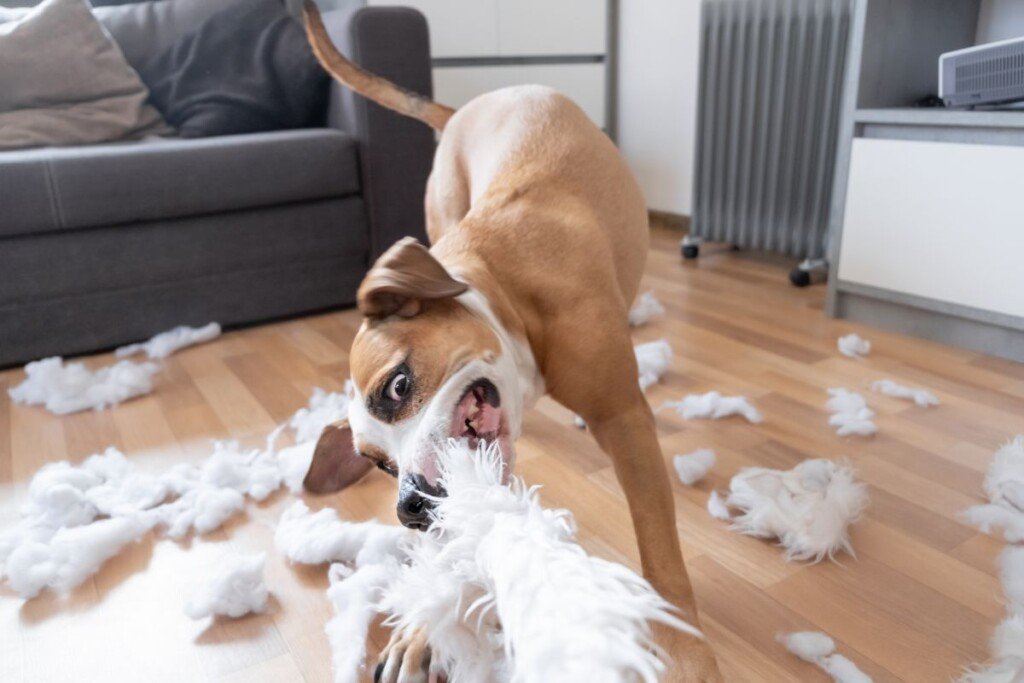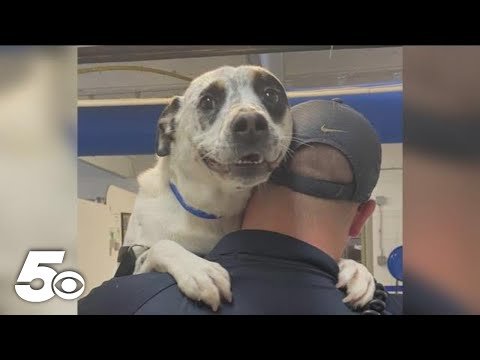We’ve all been there – you come home to find that your favorite pair of shoes has been torn to shreds…by your own beloved pup.
While endlessly entertaining for our four-legged friends, destructive chewing is one of the most maddening behaviors dog owners have to deal with.

Why Dogs Chew
Before you get too frustrated, it’s important to remember that destructive chewing is actually just a natural doggy behavior.
For our canine companions, putting objects in their mouths is an instinctive way for them to explore their environment and relieve boredom or anxiety.
Puppies are especially prone to excessive chewing as they lose their baby teeth around 4-6 months old.

Although frustrating, destructive chewing simply means your pup needs more mental stimulation and appropriate outlets to satisfy this innate need.

Solution 1: Exercise, Exercise, Exercise
A tired dog is a well-behaved dog who’s less likely to have pent-up energy to release through inappropriate chewing.
Make sure your furry friend gets ample daily exercise through walks, runs, games of fetch and rigorous playtime.
For some dogs, the “zoomies” after a long walk may be followed by settling down for a nice chewy treat rather than trying to demolish your couch.
Solution 2: Socialize and Train
Dogs are incredibly social animals who thrive on interaction, companionship and learning new skills.
A bored, under-stimulated pup left alone too long is a prime candidate for developing destructive habits like excessive chewing.

In addition to exercise, daily training sessions and socialization opportunities like trips to the dog park provide vital mental enrichment and prevent misbehavior.
Solution 3: Provide Plenty of Approved Chew Toys
If you want to save what’s left of your belongings, you must provide your dog with ample appropriate chewing outlets.
Rotate different types of chew toys to keep things interesting, like stuffed Kongs, Nylabones, bully sticks and edible chews.
Encouraging your dog to gnaw on these toys through positive reinforcement training can help them learn what’s okay to chomp on.
Solution 4: Try Chew Deterrents
For valued items like shoes, furniture legs or baseboards that seem to be irresistible chew targets, deterrent sprays are remarkably effective.
Most contain natural, dog-safe ingredients like bitter apples or black pepper that make surfaces incredibly unappealing to lick or chew on.
A few prudent spritzes can be a wise way to protect your belongings and discourage chewing in frequently targeted areas.
Solution 5: Keep Chewing Confined
If despite all your chewing toy provisions and exercise efforts, your pup still seems bent on destroying everything in sight, confinement may be necessary at times.
Securely crating your dog or keeping them in a dog-proofed, chew-proof room when you can’t directly supervise can prevent disastrous episodes.
Just be sure not to inadvertently encourage more chewing by crating or confining for too long – dogs need plenty of exercise and enrichment too!

Solution 6: Try Natural Calming Aids
For dogs who just seem anxious, restless and fixated on inappropriate chewing, natural calming aids may provide relief.
Pheromone diffusers, calming chews, compression vests and herbals like melatonin can help soothe angst that may be triggering their destructive habits.
Using these in combination with positive reinforcement training has helped many chewing Cujos find their blissful zen.
Solution 7: When All Else Fails, Spray Away
If your dog’s chewing behavior has become severe and uncontrollable despite your best efforts, aversive spray collars may be a last-resort option to consider.
While controversial, these deterrent devices spray a startling but unharmful burst when activated to interrupt unwanted behaviors like chewing.
Used sparingly under proper guidance, they can be an effective training tool of last resort for breaking obsessive chewing habits.
Through dedication and patience, virtually any dog struggling with destructive chewing tendencies can learn appropriate habits.

It just takes ample exercise, socialization, mental enrichment, and reinforcing appropriate chewing outlets over and over again.
If your dog still can’t kick their gnawing habits to the curb, enlist your vet or an animal behaviorist for professional guidance and support.
At the end of the day, your patience, home and sanity are worth preserving through safe, effective deterrents.
SHARE now with your friends!
Follow The Animal Cave on Facebook!


